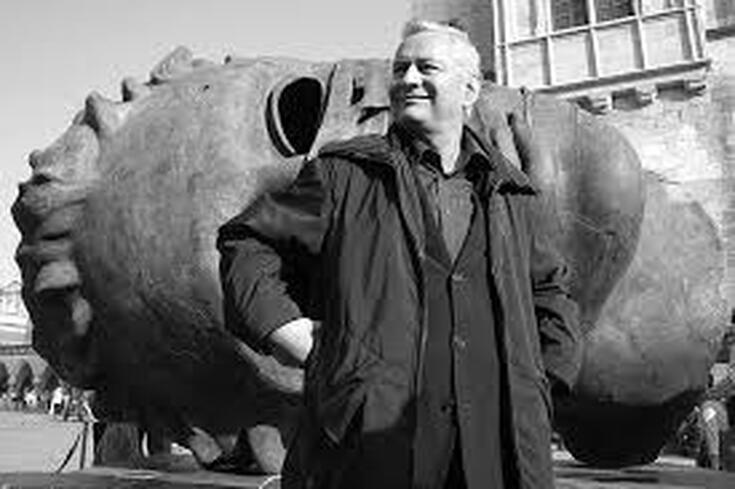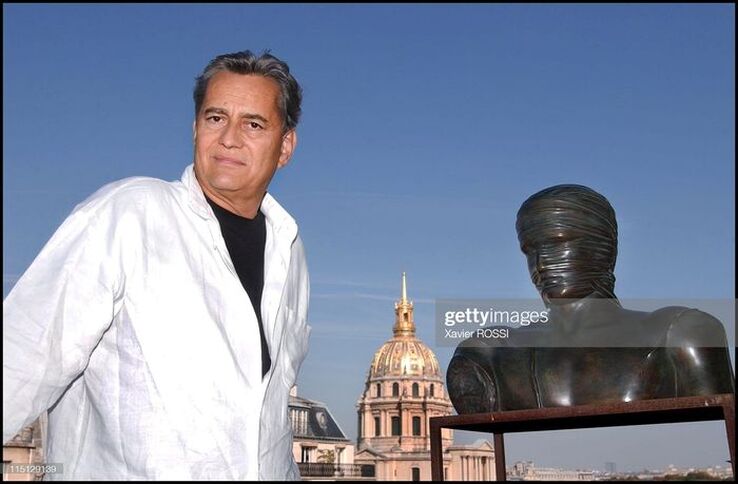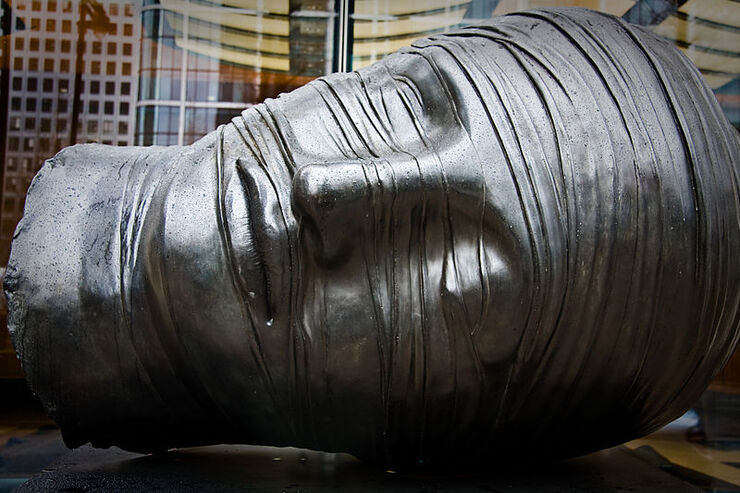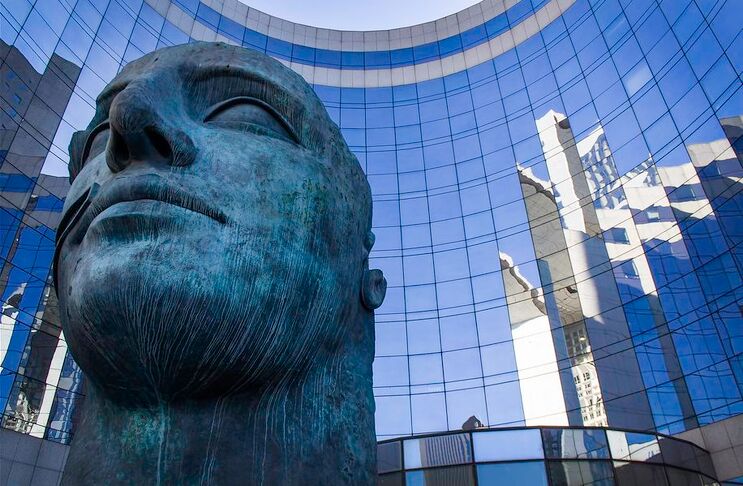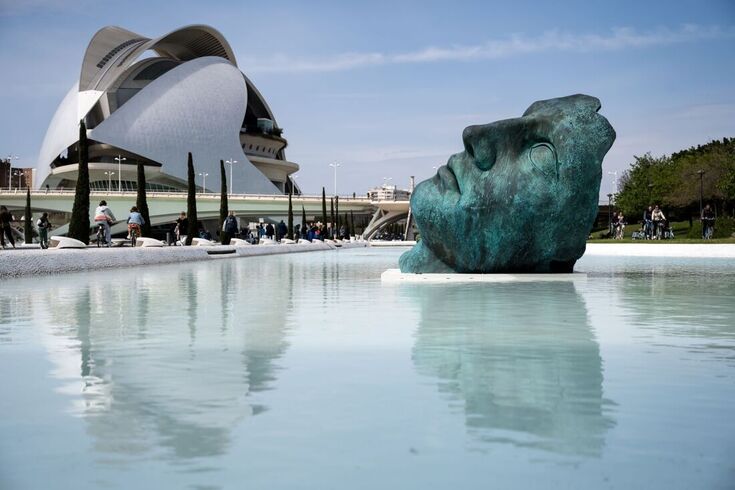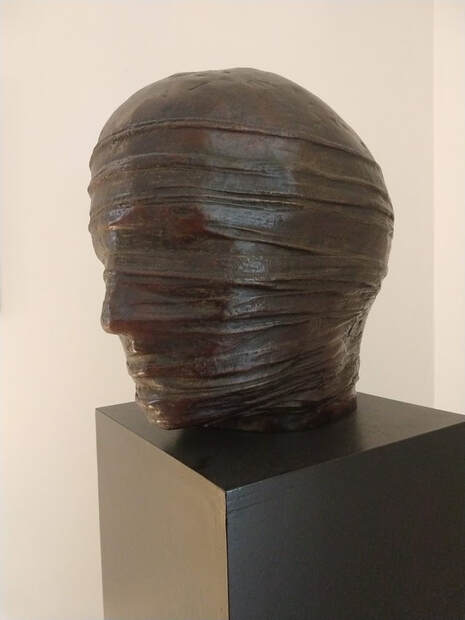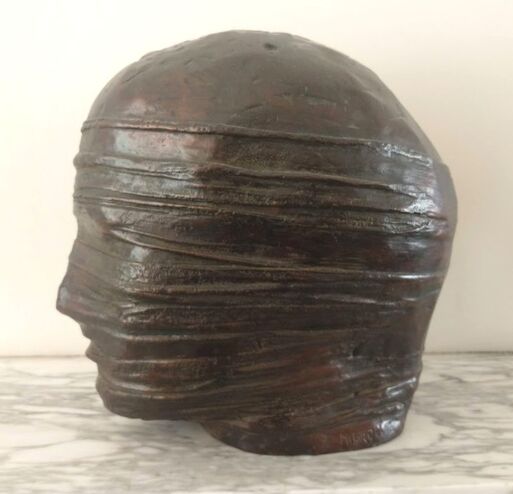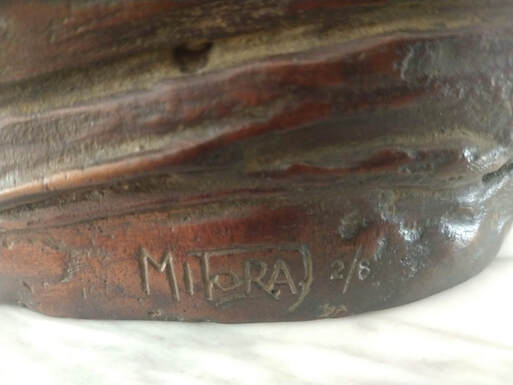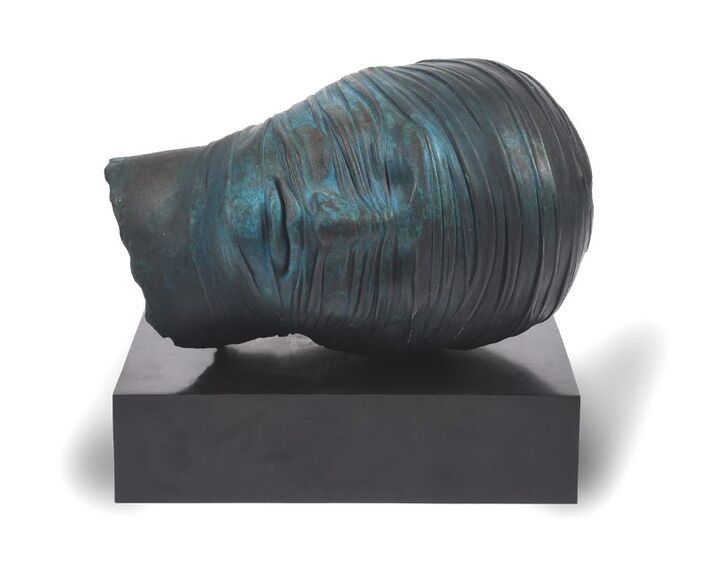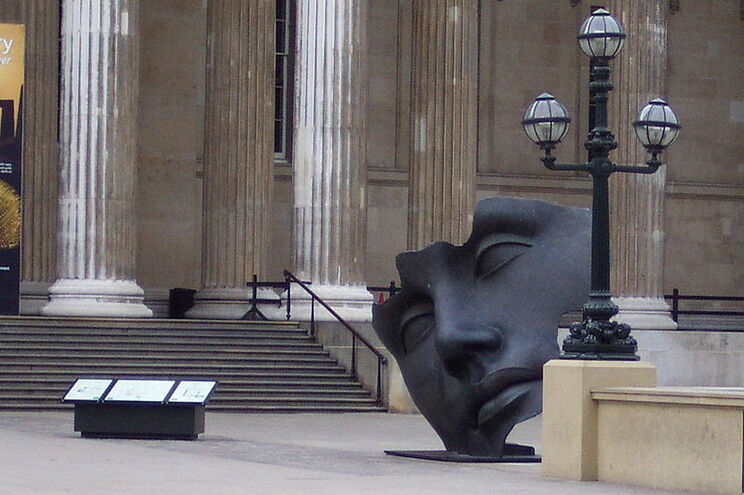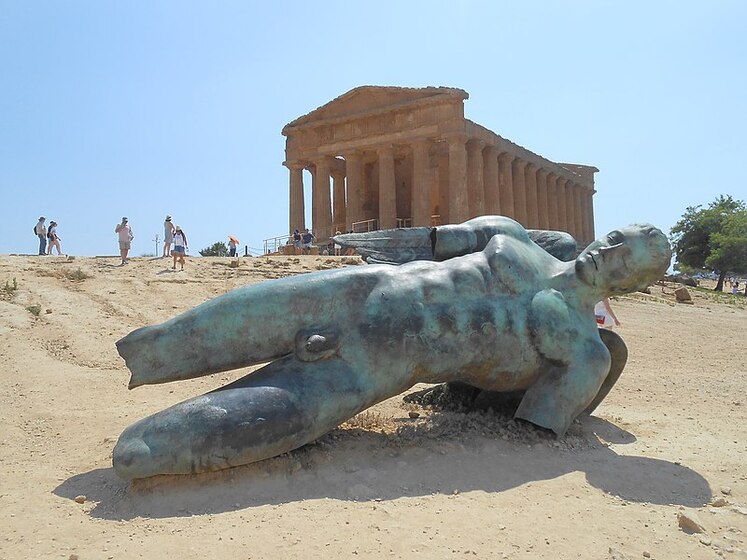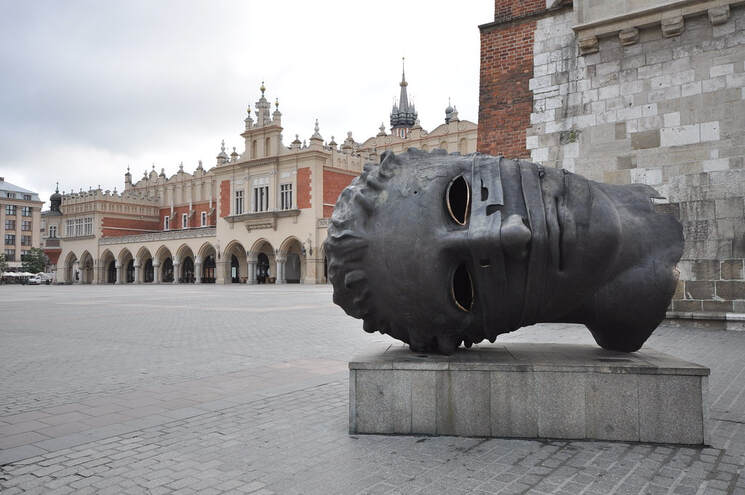IGOR MITORAJ
World famous Polish sculptor fascinated by ancient mythology.
World famous Polish sculptor fascinated by ancient mythology.
Igor Mitoraj (Oederan (Germany) 1944 - Paris 2014) posing in front of "Eros tied" at Cracow's central marquet square, Poland.
Mitoraj with one of his human torsos in front of the Dôme des Invalides in Paris (copyright Xavier Rossi, Gettyimages)
"Sleeping head" installed at Canary Wharf, London, 1983.
"Testa Hypnos" 2004, bronze 1/8, 39 x 50,5 x 33 cm
Sold in 2017 at Farsetti auction house, Italy, hammer price 80.000 Euro
Sold in 2017 at Farsetti auction house, Italy, hammer price 80.000 Euro
"Tindaro", God of the Volcanoes in front of the KPMG building at La Défense, Paris
Mitoraj exhibition at the "Arts and Sciences City" in Valencia from april 7th to october 16th 2022
Read more
Read more
"Titan" 1978, bronze 2/8, 36 x 27 x 35 cm
Provenance : iconic belgian collection
Acquired in 1980 at the Emiel Veranneman Foundation, Kruishoutem, Belgium
Available, call 02 539.23.09 or mail to [email protected]
Provenance : iconic belgian collection
Acquired in 1980 at the Emiel Veranneman Foundation, Kruishoutem, Belgium
Available, call 02 539.23.09 or mail to [email protected]
"Sleeping head", bronze, 36 x 40 cm
Sold in 2021 at Dreweatts auction house, U.K., hammer price 42,000 GBP
Sold in 2021 at Dreweatts auction house, U.K., hammer price 42,000 GBP
"Hollow face" at the British museum, London, 2002
"Icarus", Valley of the Temples, Agrigento, Sicily, 2011
"Eros tied", Cracow, Poland, 1999

